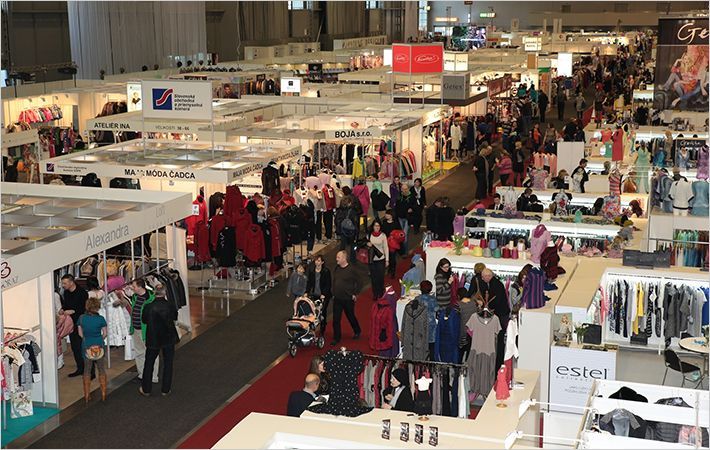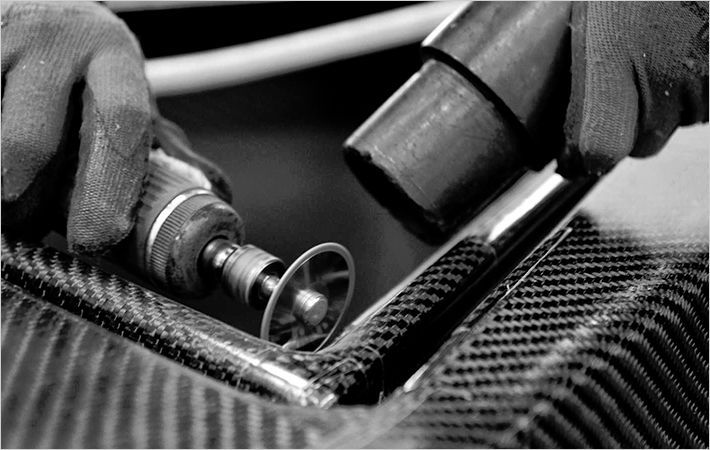A research project launched by VTT Technical Research Centre of Finland, Aalto University and Tampere University of Technology aims to create new business models and ecosystems in Finland through design-driven cellulose products.
The joint research project is called Design Driven Value Chains in the World of Cellulose (DWoC). The objective is to develop cellulose-based products suitable for technical textiles and consumer products. The technology could also find use in the pharmaceutical, food and automotive industries. Another objective is to build a new business ecosystem and promote spin-offs.
The breakthrough for these new products and services is expected to take a few years. State-of-the-art cellulose processing technologies could generate production value of up to EUR 2–3 billion in Finland's forestry, textile and mechanical engineering industries, and in entirely new business sectors.
This is one of two strategic projects launched by Tekes – Finnish Funding Agency for Technology and Innovation intended to help transform Finnish business life. The project received nearly EUR 3 million in funding from Tekes for the opening research stages in 2013–2015.
Designers envision consumer products of the future
Aalto University students participate in the project by offering fresh new perspectives on Finnish cellulose products.
“The research project provides an opportunity to use design methods to turn cellulose raw material into products, services and business. Designers contribute to the project by introducing an experimental method of creating prototypes, as well as the ability to visualise something that doesn't yet exist. This allows us to take consumer perspective into account at different stages of the programme," explains Professor Pirjo Kääriäinen from the Aalto University's Department of Design.
According to Kääriäinen, design as a strategic resource in the industry is so far relatively untapped. As a working method, industrial design brings a user-focused perspective to the project, opening new and unexplored opportunities for commercial use of the materials and for envisioning new products. This work combines with the creation of business ecosystems in line with the principles of sustainable development.
New materials and technologies are a source of inspiration to designers. The first sessions with technology developers were filled with excitement and bursts of innovation. For researchers, the notion of design needs affecting the material being created was particularly interesting.

